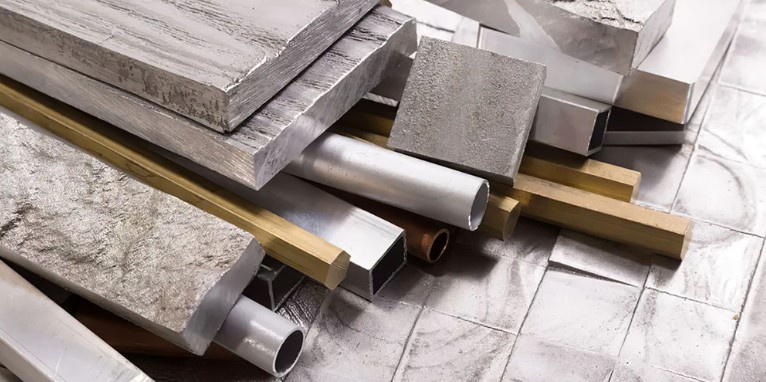Everything is made of steel, from the tall buildings of cities to the cars that drive about on the streets. But beyond its banal exterior is an amazing world of variation. Essentially, steel takes two different forms, each with special qualities that are essential for different uses. Let us now investigate the fascinating fields of ferrous and non ferrous metals.
Ferrous Metals:
Because of their high iron content, ferrous metals are strong, as their name implies. The key component underlying their magnetic is this iron. Do you recall that magnet experiment you did as a kid? Steel and other ferrous metals are the ones that adhere to it with ease.
But their influence goes much beyond mere attraction to magnetism. Due to their remarkable strength and durability, ferrous metals are highly prized and the best option for building beams, bridges, and car frames. Their high iron content has the drawback of making them more vulnerable to rusting in the presence of moisture and air.
Examples: Steel, Cast Iron, Wrought Iron
Non-Ferrous Metals:
Compared to ferrous metals, non-ferrous metals contain far less iron. This gives rise to a whole new set of traits that set them unique.
One of non-ferrous metals' primary benefits is their exceptional resistance to corrosion. They are robust and resilient in all weather situations, making them ideal for applications such as weather-resistant roofing, gutters, and even equipment used at sea
Still, that's not all! Comparing several non-ferrous metals to their ferrous counterparts, they are substantially lighter. They play an important role in the worlds of electrical wiring, heat sinks, and even your reliable cookware because of its lightweight nature and superior electrical and heat conduction.
Examples: Copper, Aluminum, Titanium
Beyond the Basics: Unique Traits and Sustainability
Non-ferrous metals are like gymnasts in the world of metal. They are usually more malleable (easily molded) and ductile (able to be drawn into thin wires) than ferrous metals. This enables complex designs and a wide range of applications across multiple industries.
Cost and Sustainability: Due to their unique properties and sometimes limited availability, non-ferrous metals can be pricier than ferrous options. However, both types are recyclable, making them champions of sustainability.
Choosing the Right Metal: A Crucial Decision
For many organizations, knowing the differences between ferrous and non-ferrous metals is essential. Its unique properties substantially benefit us in choosing the right metal for any given activity, from large-scale construction to the complex world of electronics and everyday products.. So the next time you encounter the metal, remember its unique features and scientific intrigue!
Official Website: https://www.mysteel.net/news/all/5044336-how-did-global-ferrous-scrap-market-perform-in-jan-sept-


No comments yet